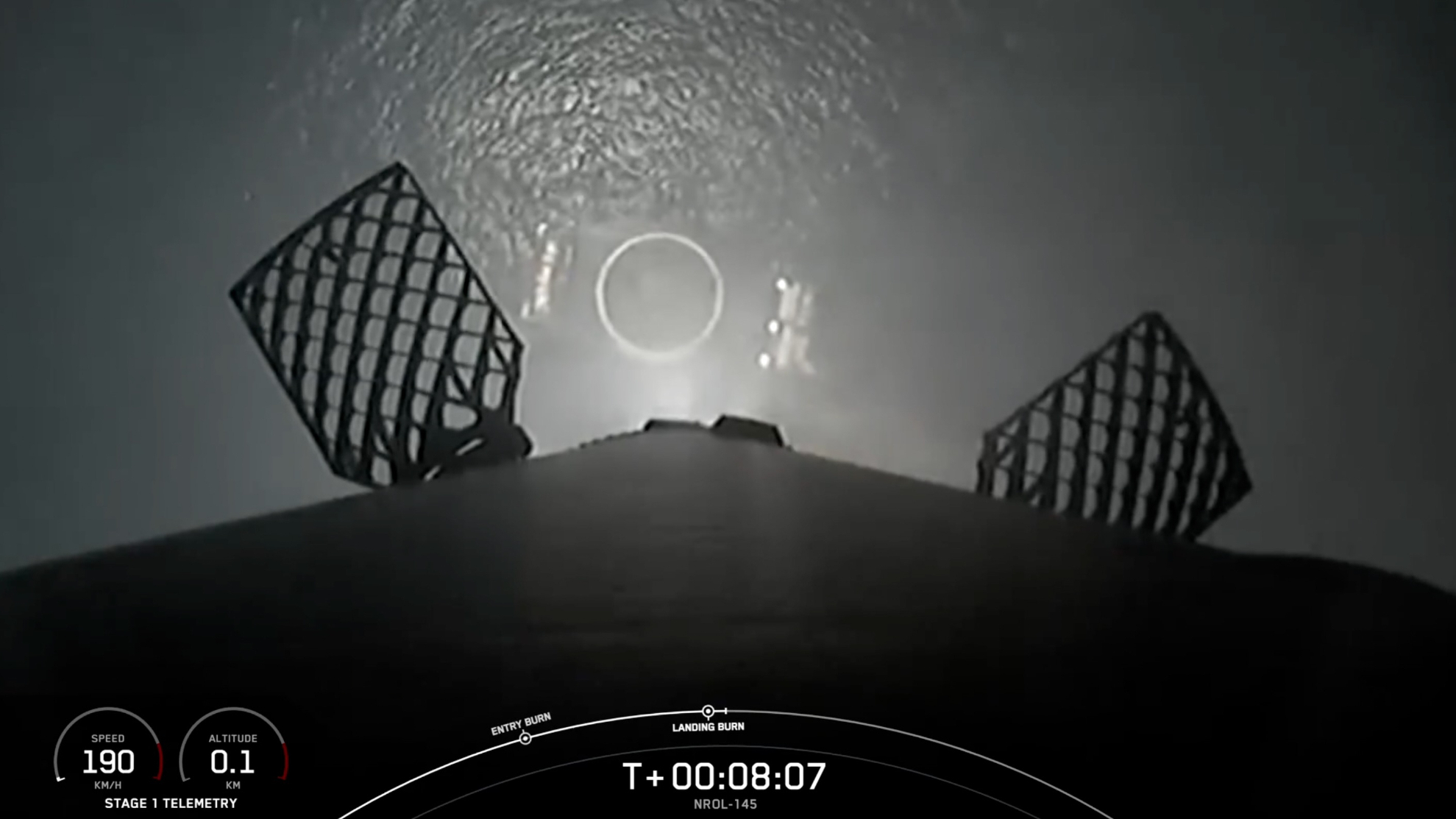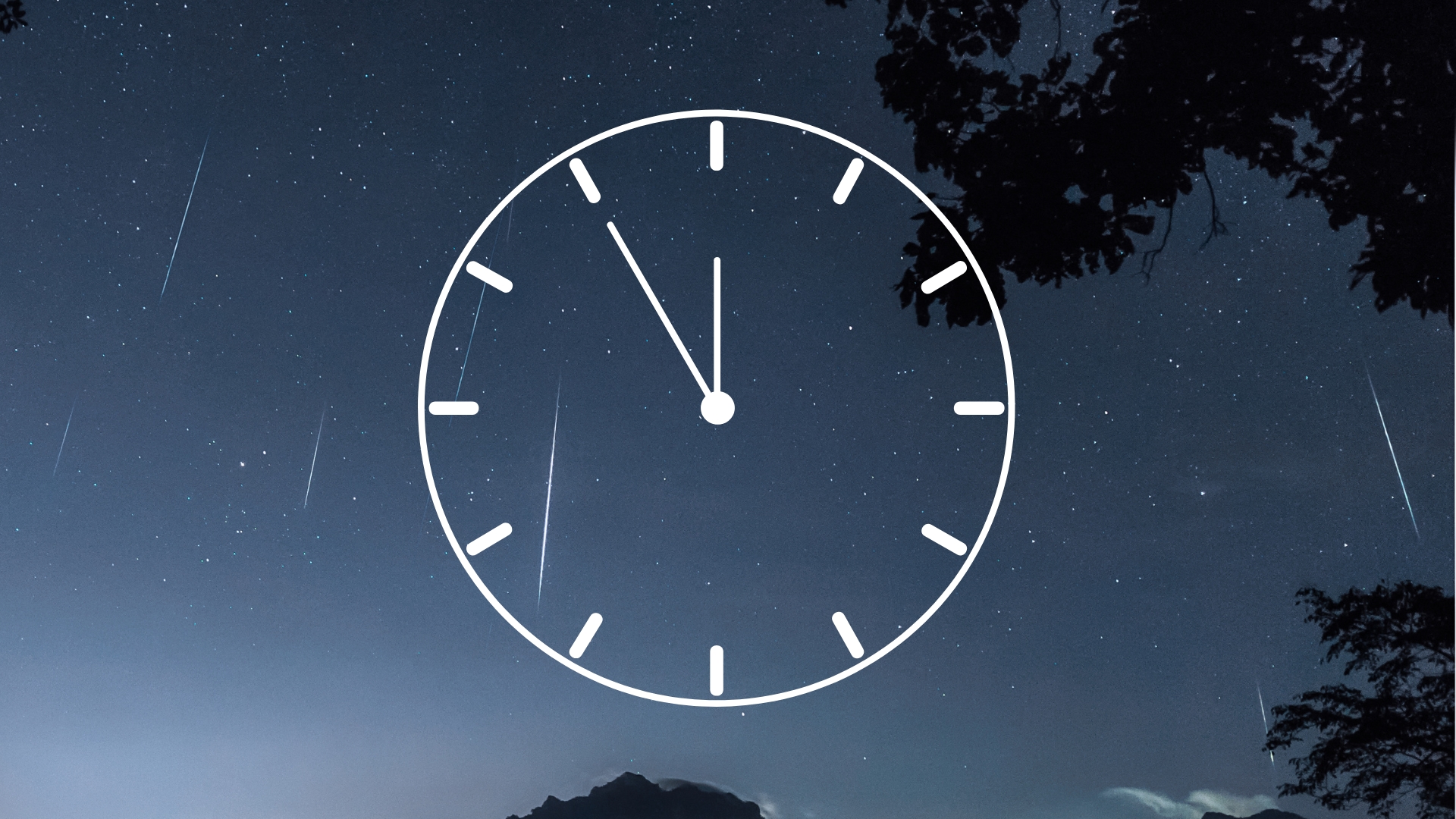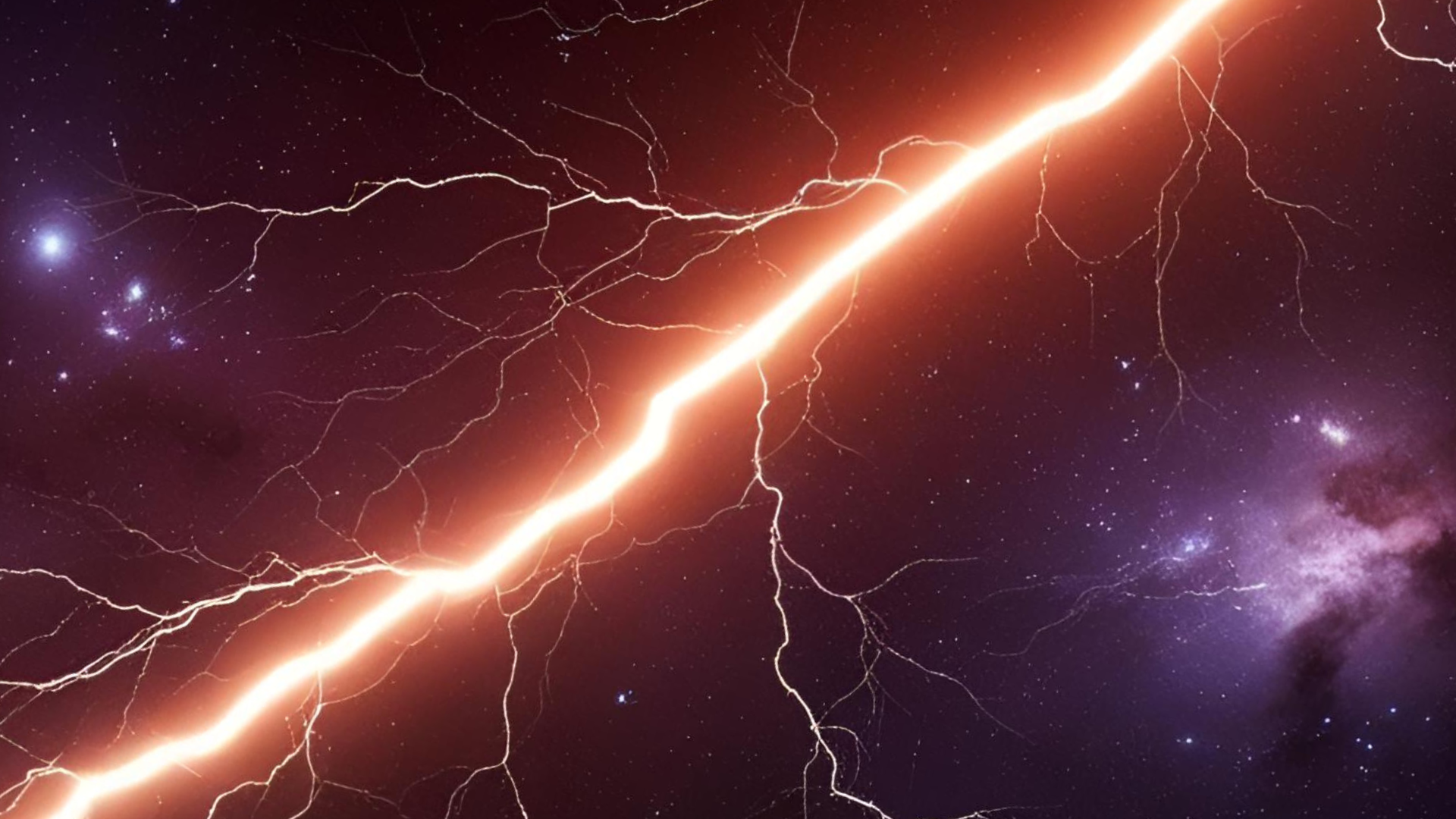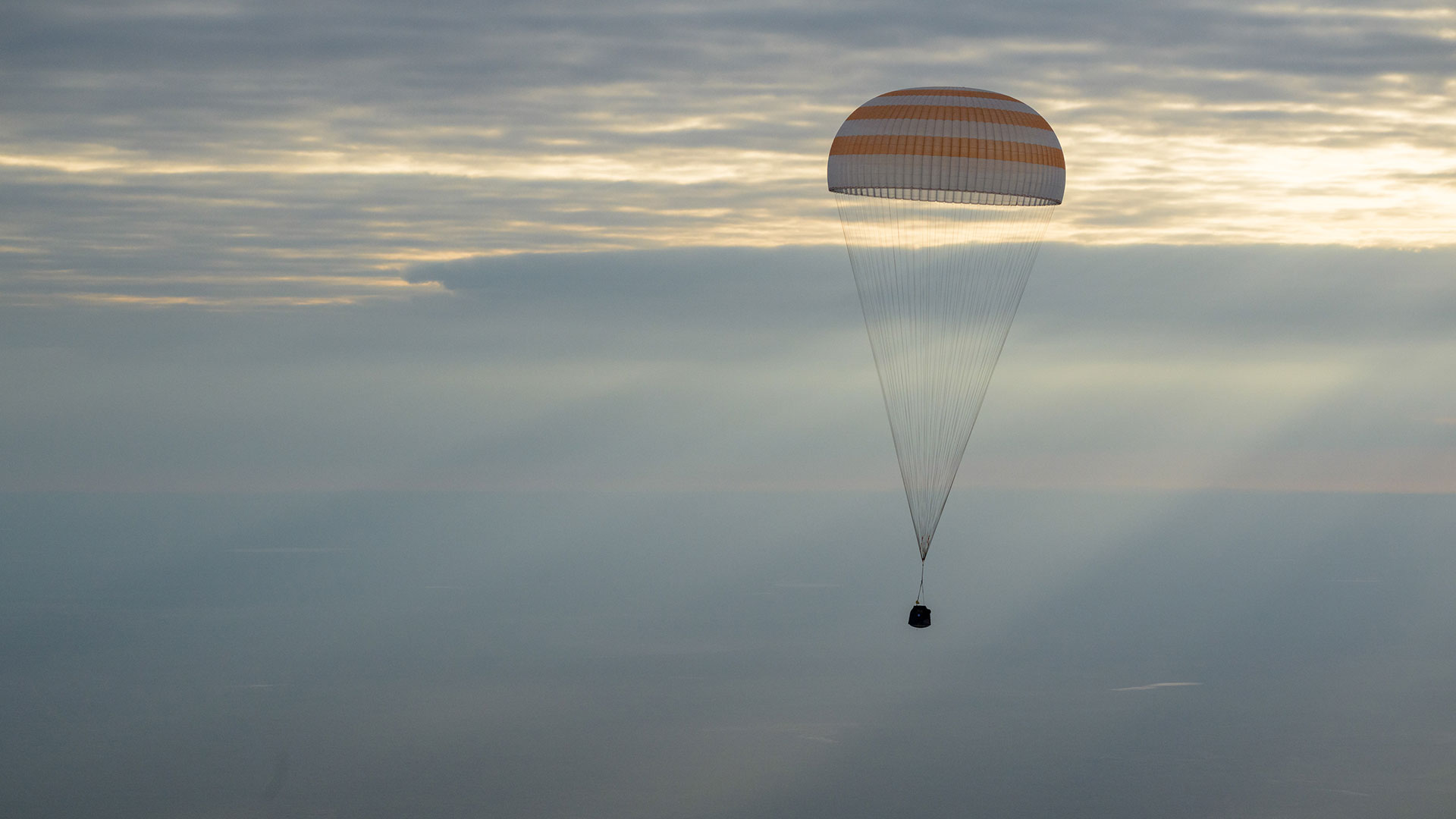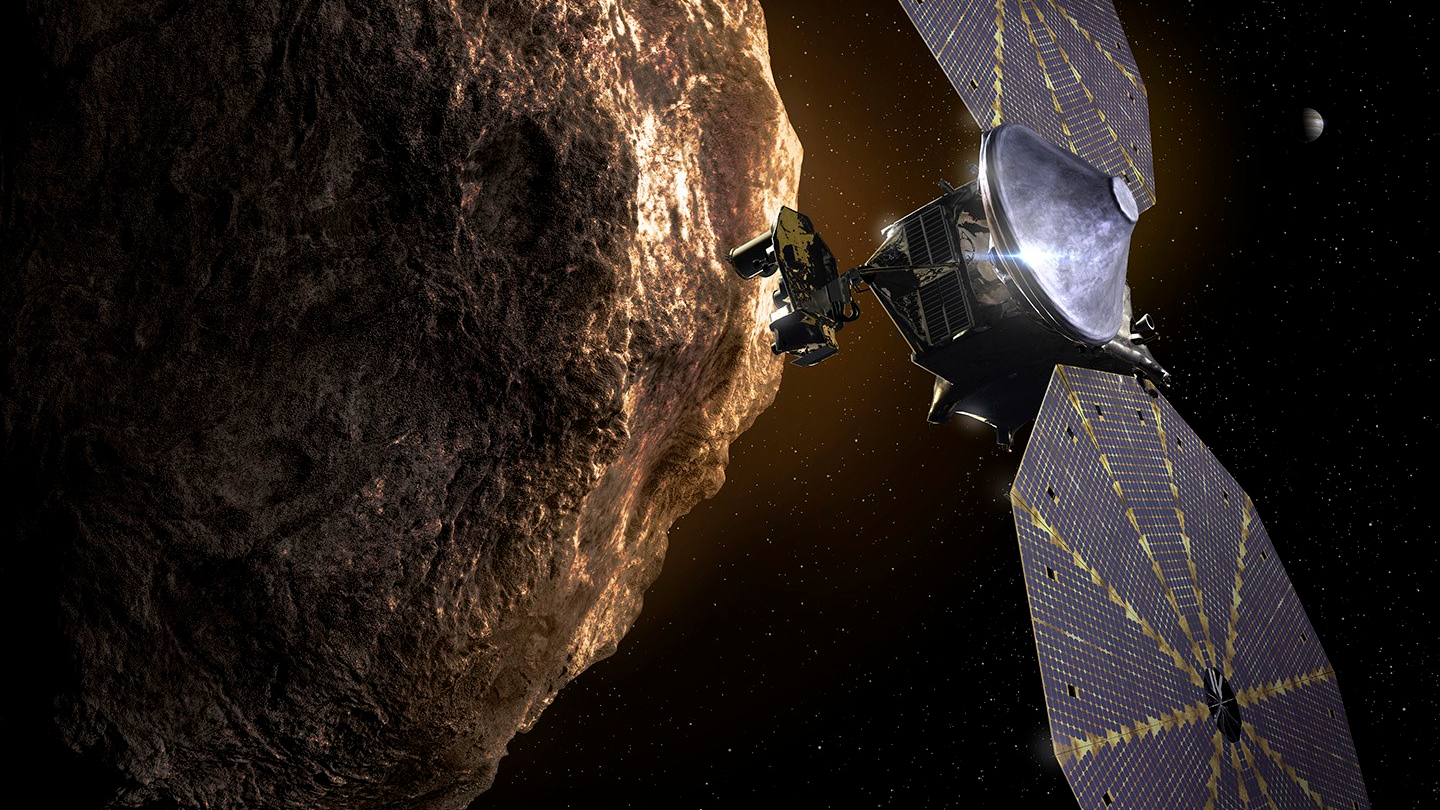Hubble telescope captures starry tentacles of faraway 'jellyfish galaxy' in stunning detail (photo)
Those tentacles host lots of star formation.
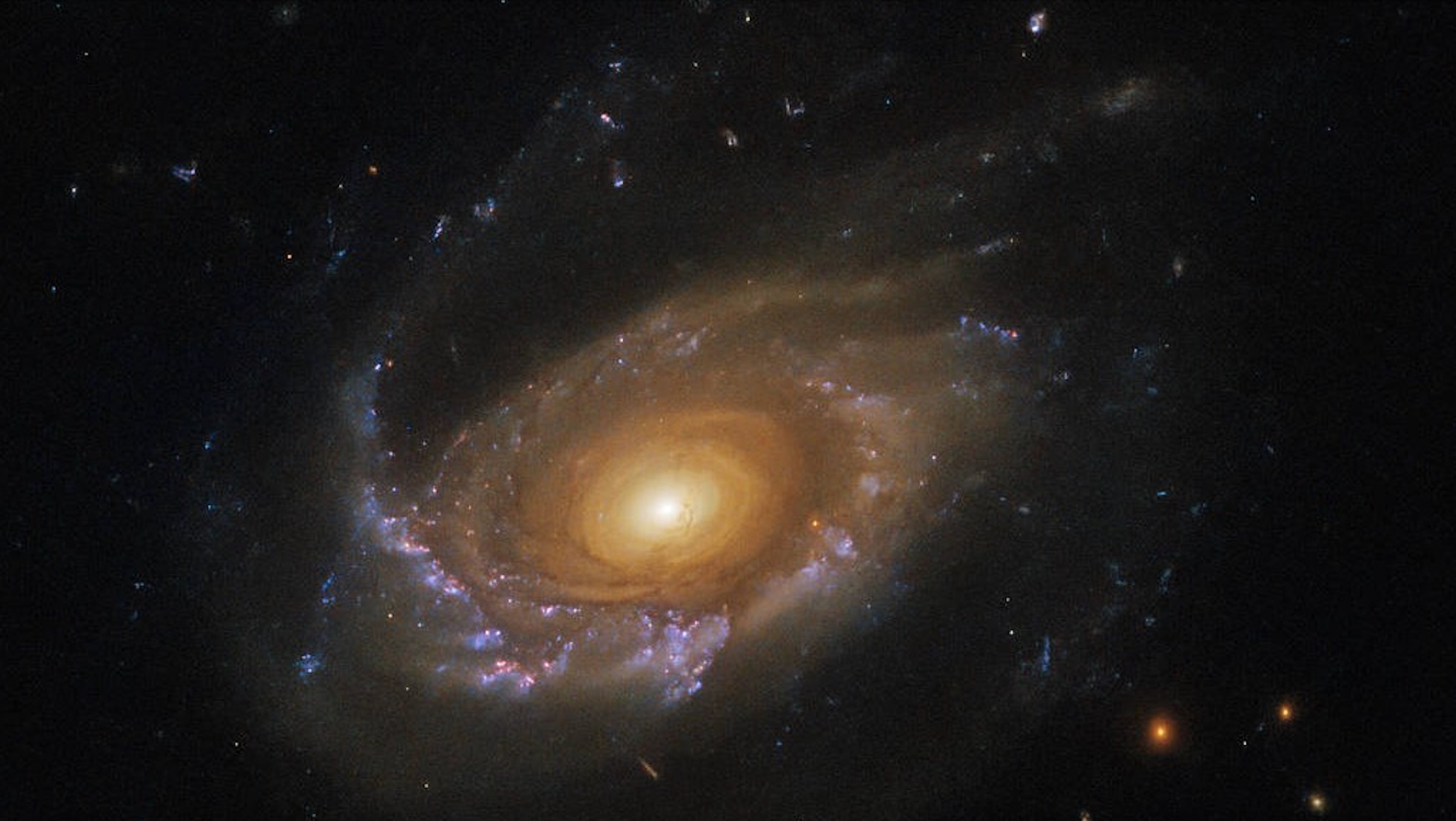
A faraway galaxy's cosmic tentacles are on full display in a gorgeous new image captured by NASA's Hubble Space Telescope.
The Hubble snapshot reveals a deceptively serene "jellyfish galaxy" called JW39, which lies over 900 million light-years from Earth in the constellation Coma Berenices.
The JW39 galaxy, which is known for its distinct tentacle-like tails and hosts a supermassive black hole at its center just like the Milky Way does, is regularly distorted by the gravitational pull of numerous other galaxies that share its cosmic neighborhood.
Related: The best Hubble Space Telescope images of all time!
The space between galaxies in the cluster is not empty. Instead, it is filled with superheated plasma through which galaxies wade, much "like swimmers fighting against a current," NASA officials wrote in an image description published on Friday (May 26).
Like many galaxy clusters, JW39 and its neighbor galaxies experience the intergalactic gas as a headwind, which when strong enough overcomes the galaxies' gravitational influence and strips them of their gas and dust, thereby forming the tentacle-like structures.
JW39 is one of many galaxies in clusters across the universe that encounter this process, known as ram-pressure stripping, which reduces the amounts of gas and dust within galaxies. Without the cosmic ingredients to birth new stars, the galaxies eventually cease stellar production and turn into galactic burnouts.
Get the Space.com Newsletter
Breaking space news, the latest updates on rocket launches, skywatching events and more!
Such stripping is one of the mechanisms because of which galaxies in clusters, like JW39, hit their peak of star formation early on and stop forming stars sooner than their isolated counterparts elsewhere in the universe.
Follow Sharmila Kuthunur on Twitter @skuthunur. Follow us @Spacedotcom, or on Facebook and Instagram.
Join our Space Forums to keep talking space on the latest missions, night sky and more! And if you have a news tip, correction or comment, let us know at: community@space.com.

Sharmila Kuthunur is a Seattle-based science journalist focusing on astronomy and space exploration. Her work has also appeared in Scientific American, Astronomy and Live Science, among other publications. She has earned a master's degree in journalism from Northeastern University in Boston. Follow her on BlueSky @skuthunur.bsky.social
